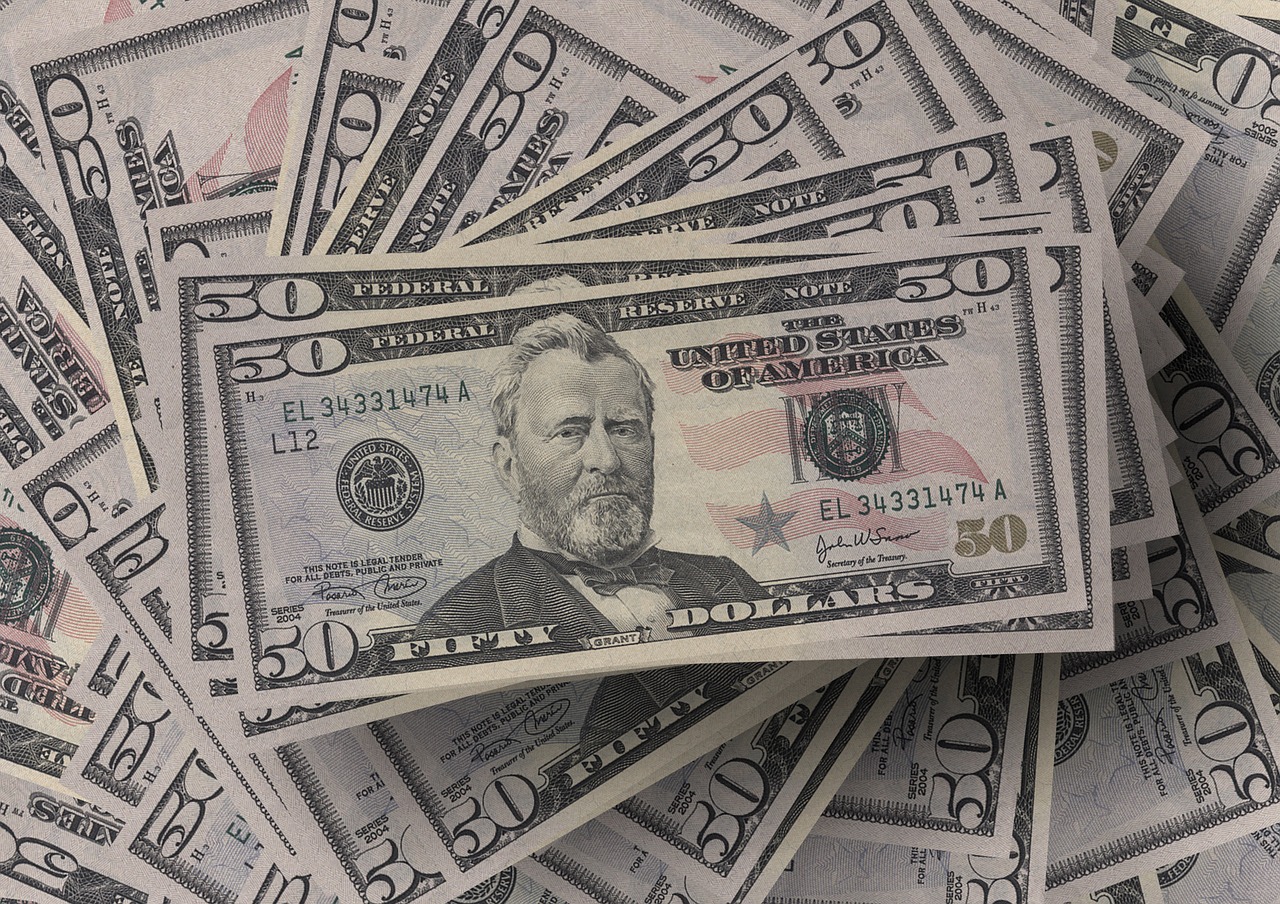On Tuesday, the dollar moved back from a high of two decades against the euro, after data showed that activity in the private sector of the US had been weaker than expected in August.
This prompted bets that the US Federal Reserve may decide to be less aggressive in its monetary policy tightening.
Dollar index down
There was a 0.376% drop in the US dollar index against a basket of six of its peers at 108.58 by 1930 GMT.
Earlier in the session, the index had climbed to its strongest level at 109.27 to reach a two-decade high last seen in mid-July.
There was a decline in the S&P Global flash composite PMI (purchasing managers index) to its lowest in August, since May 2020.
This was because of a contraction in demand for manufacturing and services for the second month in a row in the face of tighter financial conditions and high inflation.
This drop in demand is precisely what the US Federal Reserve had been trying to accomplish with its sharpest increase in interest rates last seen in the 1980s.
The interest rates were almost zero in March, but the US central bank has increased them to 2.25% to 2.50% since then and plans on increasing more in the months ahead in order to curb inflation.
Fed hikes
Market analysts said that since the services and manufacturing PMI was below expectations, it had given rise to concerns about the strength of the economy.
Moreover, it also supported the narrative that the Fed Chair, Jerome Powell, may consider a pivot and slow down the pace of tightening.
Markets have currently priced in a 47.5% chance of the Fed increasing interest rates by 50 basis points in September and a 52.5% possibility that it will go up by 75 basis points.
This could change on Friday, when Powell will speak at the annual economic symposium scheduled for central bankers in Jackson Hole, Wyoming.
Inflation remains strong
Since inflation is still stubbornly high, there is a good possibility that Powell will remain fairly hawkish for now and this could push traders into favoring a rate hike of 75 basis points.
If he does come off as hawkish, it is likely that traders would once again go bullish on the US dollar sooner.
The euro rose 0.19% against the US dollar to reach $0.99625, which saw it rise after hitting a low of two decades at $0.99005 that it had reached earlier in the session.
This was because of worries that an energy crisis could aggravate inflation further, making it more likely that the European economy would go into recession.
According to the PMI numbers, there was a decline in business activity in the euro zone less than what had been predicted in August, but the economic outlook remained quite bleak.
There has already been a 12% decline in the single currency this year up till now and it shed 3% of its value in August alone.
Sterling rose 0.49% against the greenback to reach a value of $1.18255.

